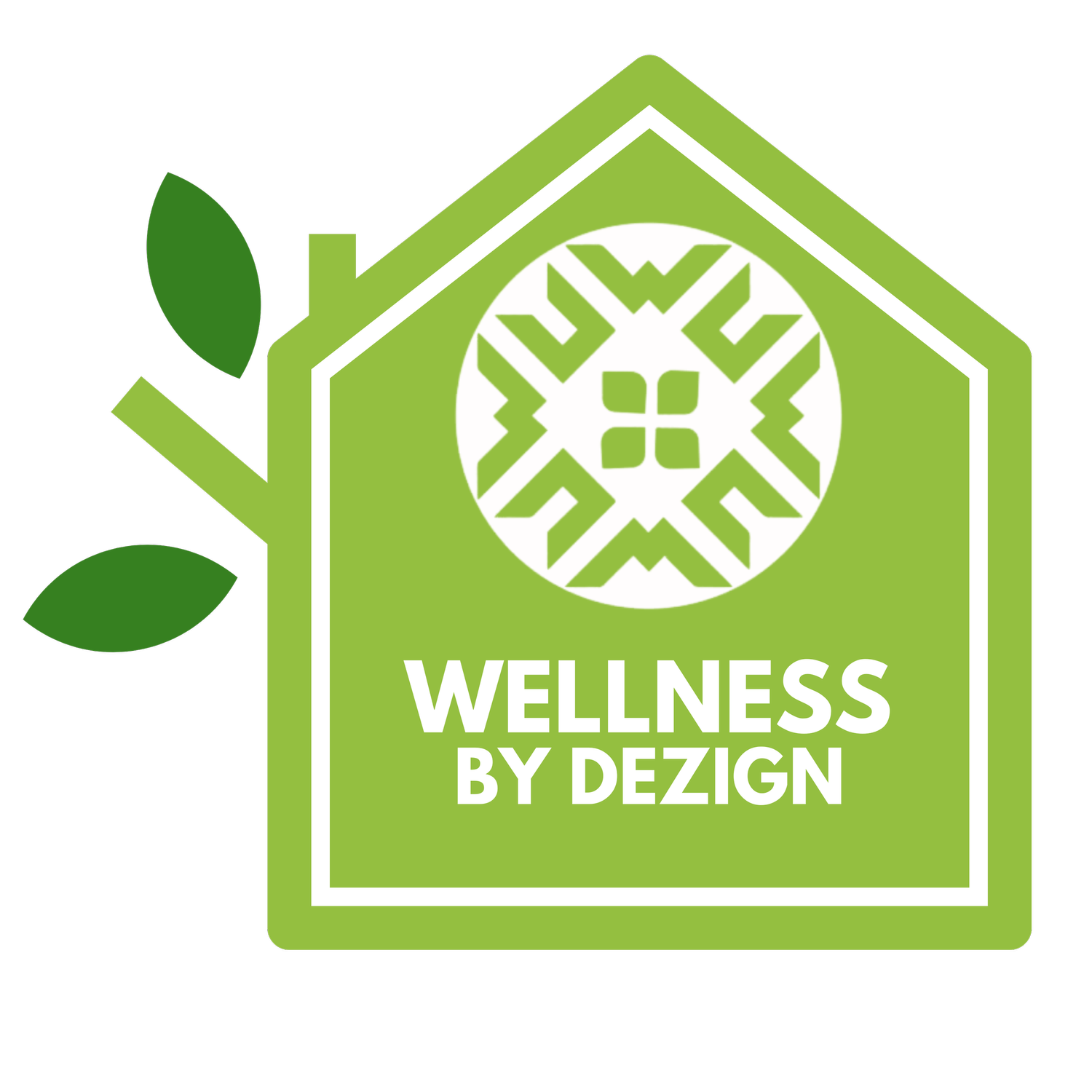The Future is Fungi: Foam, Food and Fashion
For the last few years, product designers across the world are using an eco-friendly and sustainable material called Mycelium. Mycelium is the vegetative part of fungus, or the roots of a mushroom, and it is amazingly versatile and has already taken the design world by storm.
Mycelium is fast growing, renewable and is extremely strong and durable making it a valuable material for manufactures looking to create environmentally friendly products. It is already being used for hundreds of products from packaging to leather, and is replacing plastic, too. As a material for building products, mycelium is extremely versatile, cost effective and offers numerous benefits for the homeowner, business owner and consumer.
Ecovative - Growing healthier products, like packaging, furniture and building materials.
Ecovative’s first product, MycoFoam, is made from recycled and compostable corn husks and mycelium, a fibrous growth of certain types of fungus. When mycelium is mixed with the agricultural waste, it sees the waste as food and forms a matrix of white fibers to digest it. The mixture is then placed in a mold and left for 3-5 days while the mycelium fibers grow to completely fill any gaps and bind the loose corn husk particles in a solid structure. Once this has been dried to prevent the growth of mushrooms or spores, it is ready to be used.
Ecovative’s product line now includes foam, engineered wood, packaging, and grow-it-yourself kits and even food (have you tried Mycelium Bacon, anyone?!) Their products replace synthetic materials that are often made from non-renewable sources and can contain fire retardants that are known to cause reproductive and developmental harm. By using different strains of mushrooms, Ecovative can create products with specific properties such as water resistance and fireproofing. And because they are made from bio-based materials, Ecovative’s products can be composted at the end of their life.
Ecovative has developed a partner program that allows anyone with an idea for how to use thier myco materials to realize their ideas, and put them to use in their own homes, businesses, and communities. It is Ecovative’s goal to form a global mycelial web of partner producers, to steadily replace numerous unsustainable materials with those that come from nature, and return to nature when product is at its life’s end.
Courtesy of Ecovative.com
Danielle Trofe and MushLume lighting
Another award-winning and forward-thinking designer is Danielle Trofe, a Bio-designer with an emphasis on bio- fabrication and biomimicry. She literally grows lamps! Her MushLume Lighting Collection and GROW Lamps consist of pendants, sconces, and table lamps and is literally grown using Ecovative's MycoComposite (biodegradable, naturally flame resistant, and water resistant), a combination of mycelium and regionally sourced non-food agricultural waste. After the mycelium has fully matured, the lampshades are de-molded, dried, and heated, creating a 100% biodegradable lampshade.
MycoWorks - founded by artists whose mission is to create a platform for the highest quality materials using Fine Mycelium™
The new material, Sylvania, is a collaboration between Hermes and MycoWorks. A hybrid of nature and biotechnology and the exemplar of a new generation of biotech materials.
MycoWorks a biotech design company based in California has created a new type of vegan leather made from fungi. This eco-friendly material is made by transforming mycelium into a substance that resembles animal-based leather in both appearance and texture.
To produce the patented, rigid material, MycoWorks uses rapidly grown mycelium and agricultural by-products in a carbon-negative process. They then utilize the engineered mycelium cells to grow into 3D structures with dense interweaving. Mycelium Leather is strong, flexible, and durable, just like conventional leathers. It is also water-resistant. And since it's made from natural fibers, it breathes and feels like leather.
Mogu - Controlling Sound with Nature
Mogu Acoustic Wall Panels are made with Mycelium - it is what nature intended.
Mogu, an Italian eco-design firm uses mycelium to design products from acoustic wall panels to flooring. Winning numerous design awards, Mogu co-founder, Maurizio Montali, who wants to work with nature, not just be inspired by it, believes forming a symbiotic relationship with mycelium is the only way to be sustainable.
Mogu’s new Foresta System is a wall acoustic system, won the German Design Award in 2022 and is easily hung on a wall in various shapes and patterns.
Mogu Floor products are designed to support the needs of everyday life and come in sheets and tiles. Thanks to the 87% bio-based resin constituting the top aesthetic layer, the products can resist heels, scratches, abrasions just like any conventional floor and are a perfect solution to support a fully circular approach within the building industry. The flooring materials resembles the look of stone, but feature a warm and soft touch - providing an amazing and sustainable choice to walk on.
There are countless ways to use Mycelium products in your home, or for your home - from bricks to leather, from lighting to food, the future is fungi! It’s carbon-neutral, naturally water repellent and flame retardant. What could be better for the planet and your health. Will the buildings of the future be made of mushrooms?











